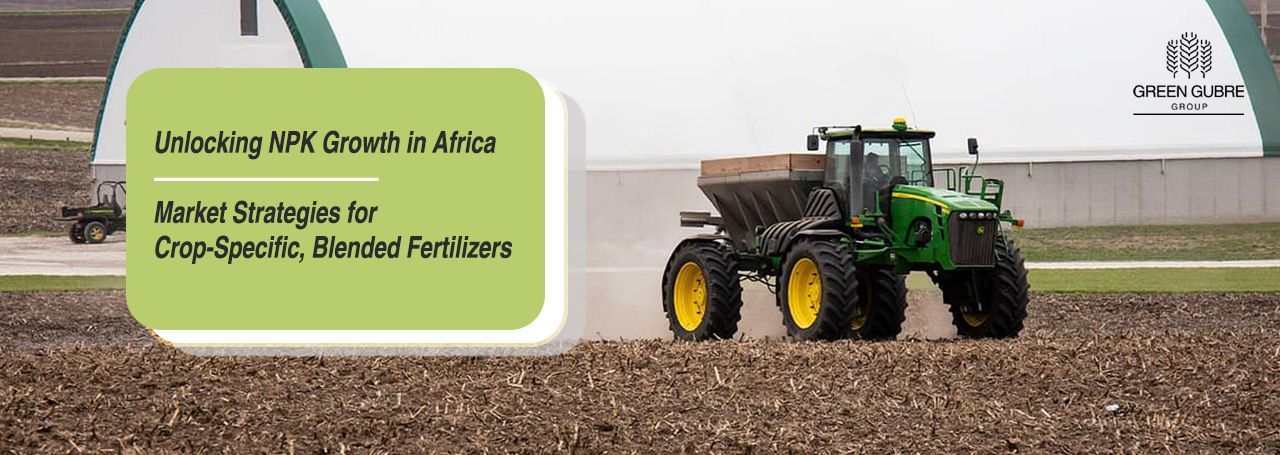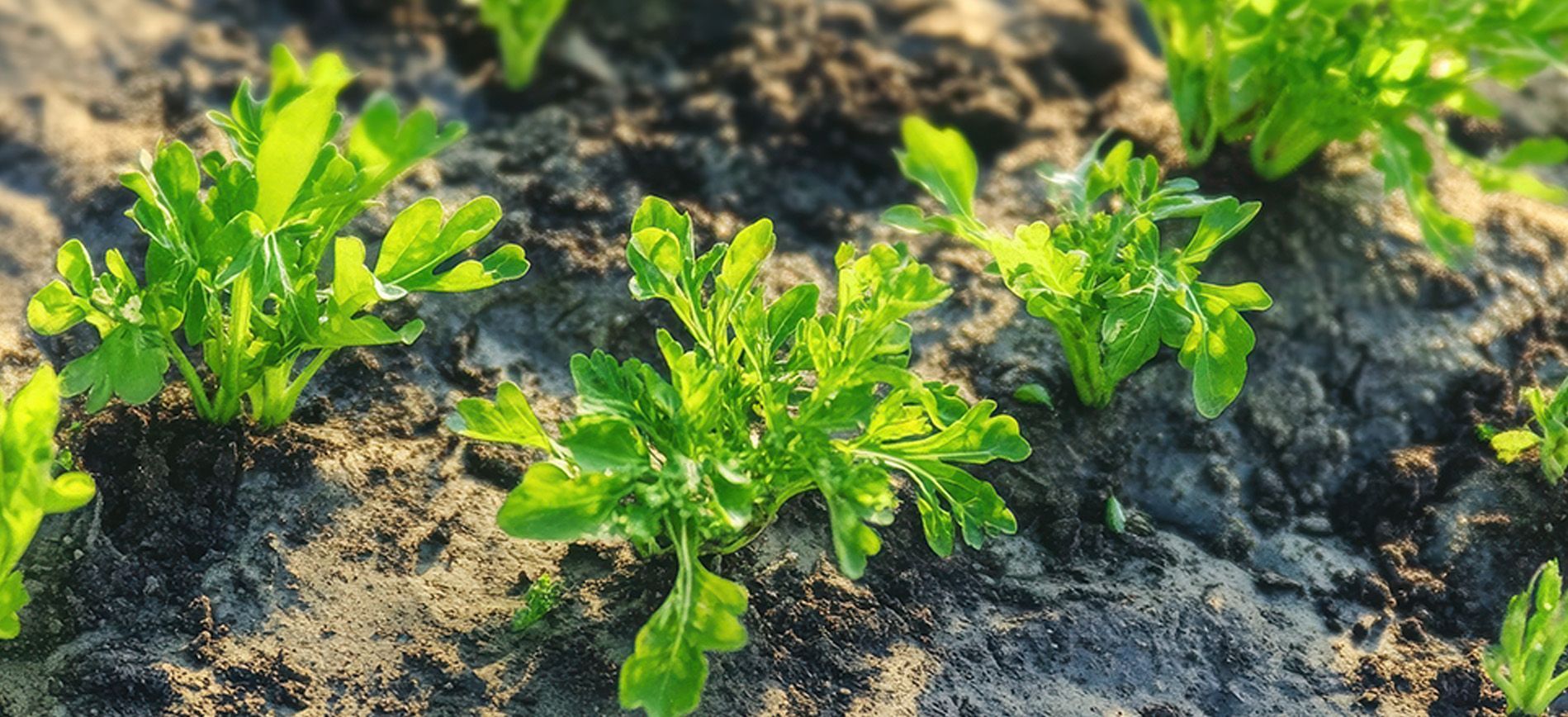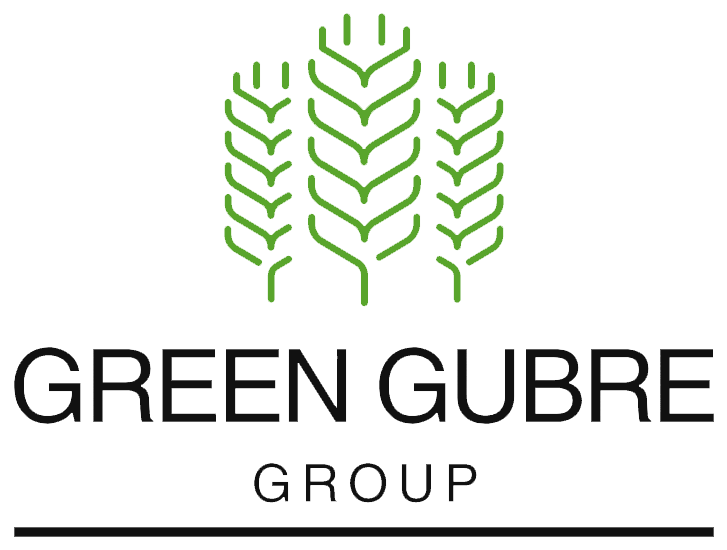Unlocking NPK Growth in Africa – Market Strategies for Crop-Specific, Blended Fertilizers
Unlocking NPK Growth in Africa – Market Strategies for Crop-Specific, Blended Fertilizers

Why NPK Is More Than a Mix in Africa
In African agriculture, NPK fertilizers—containing nitrogen (N), phosphorus (P), and potassium (K)—play a pivotal role in enhancing both staple and cash crop productivity. However, the success of NPK in Africa depends not on generic formulas but custom blends tailored to regional soils, climate, and crop demands.
With the rising demand for crop-specific, micronutrient-enriched, and water-soluble NPKs, suppliers must now build competitive brands aligned with African agronomic and logistical realities.
1. Why NPK Is Gaining Ground in Africa
Africa’s soil fertility challenges are complex. Years of mono-cropping and minimal nutrient replenishment have left vast areas phosphorus-depleted, potassium-deficient, and lacking secondary nutrients like sulfur, zinc, and boron. This makes balanced fertilization with NPK essential.
Key Drivers of Demand:
- Shift from subsistence to commercial farming
- Expansion of horticulture and cash crops (e.g., cocoa, coffee, mango, tomatoes)
- Soil mapping initiatives identify nutrient deficiencies
- Donor-backed soil health programs recommend blended fertilizers
Strategic Insight: Generic 15-15-15 NPK is losing relevance. Precision blends tailored to local needs are the future.
2. Country-by-Country Outlook: Where and What to Supply
| Country | Key Crops | Recommended NPK Focus |
|---|---|---|
| Kenya | Tea, maize, flowers | 23-23-0 + S, Zn for high-altitude farming |
| Ghana | Cocoa, maize | 12-18-18 + Mg, B (cocoa blend) |
| Nigeria | Rice, cassava, tomatoes | 20-10-10 + S or 15-15-15 + micronutrients |
| Zambia | Tobacco, maize, soy | 15-20-10 + Zn or 17-17-17 for general use |
| Tanzania | Coffee, bananas | 20-10-10 + Mg for volcanic soils |
Market Tip: Leverage national crop input subsidy programs (e.g., Nigeria, Ghana) that support blended NPKs.
3. Go Local: The Rise of Blending Plants and Partnerships
African governments are actively promoting local blending plants to reduce reliance on imports and increase NPK product relevance:
- OCP’s blending investments: Operating over 10 units across West Africa
- Ethiopia: Public-private blending centers aligned with national soil maps
- Nigeria: Over 40 licensed blenders via the Presidential Fertilizer Initiative
- Senegal & Mali: Emerging private-sector facilities focused on regional trade
Action Point for Suppliers:
- Export N, P, K raw materials or intermediate blends
- Partner with blenders for formulation customization
- Offer advisory and technical support to upgrade blending accuracy and efficiency
4. Tailored Packaging and Farmer Education
African smallholder farmers often buy fertilizer by the bag or half-bag, not ton. Packaging and outreach can differentiate your NPK offering.
Recommendations:
- Supply 10kg, 25kg, and 50kg formats
- Include QR codes for mobile-based advisory tips (e.g., dosage, timing)
- Bundle with leaflets in local languages on crop-specific application techniques
- Train dealers on explaining NPK differences and benefits
This approach builds farmer loyalty and product trust, which is critical in fragmented rural markets.
5. Regional Trade Corridors: Get Your NPK to Market Faster
To win in Africa, your NPK must arrive on time and intact. Suppliers should align with efficient trade routes and inland delivery systems:
- West Africa: Lomé → Burkina Faso, Ghana, Mali
- East Africa: Mombasa/Djibouti → Ethiopia, Uganda
- Southern Africa: Durban → Malawi, Zimbabwe, Zambia
Co-load NPK shipments with urea or ammonium sulfate to reduce logistics costs.
Conclusion: NPK Isn’t Just a Fertilizer—It’s a Market Differentiator
As Africa transitions toward yield-driven, climate-smart agriculture, demand for high-quality, crop-specific NPK fertilizers will outpace generic products. By aligning with local blending, targeted formulations, regional infrastructure, and farmer education, suppliers can turn NPK into a growth engine for both food security and market expansion.




